When the estimated number of animal species on our planet falls somewhere in the range of three to 30 million (in over 5000 distinct families), you can expect some real curveball creatures. Let's look at 20 of some of the most bizarre among them.
Tongue-eating louse
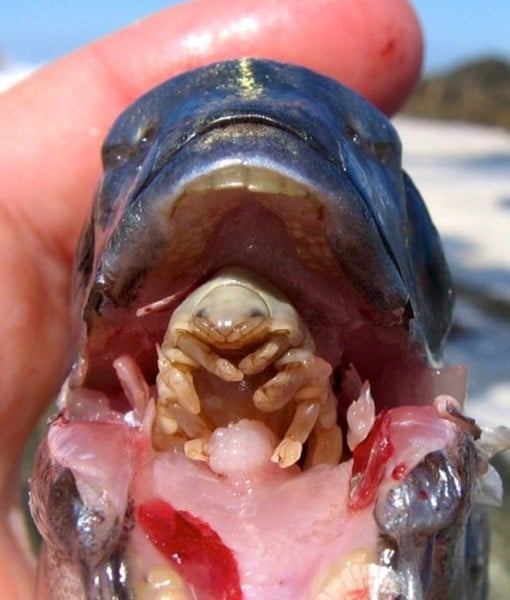
Family: Cymothoidae
Habitat: Coastal California
Fun Fact: This creature enters a fish's body through its gills, attaches itself to the base of the fish's tongue and extracts blood from the tongue with its claws. Then it replaces the tongue by attaching itself to the muscles of the exposed tongue stub. The fish uses the louse as if the parasite were its very own tongue.
Pink fairy armadillo
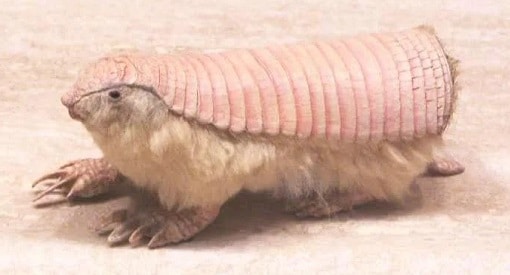
Family: Dasypodidae
Habitat: Sandy plains and dry grasslands of Argentina
The pink fairy armadillo is the smallest of the armadillo family, weighing under one pound. The pink fairy armadillo is nicknamed the "sand-swimmer" because it is said that it can "burrow through the ground as fast as a fish can swim in the sea."
Giraffe weevil
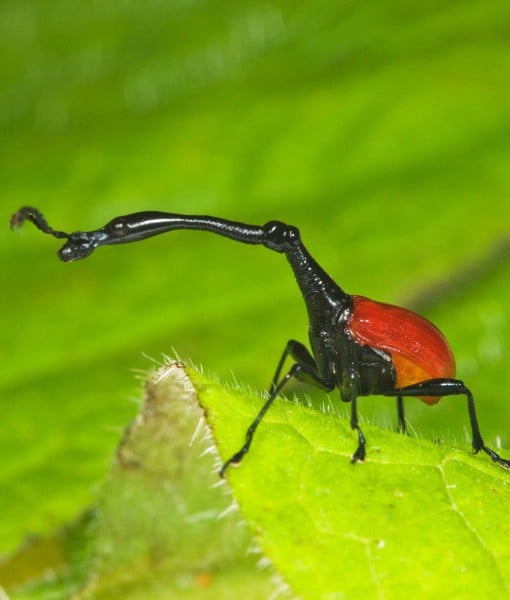
Family: Attelabidae (Leaf-Rolling Weevils)
Habitat: Forests in Madagascar
It is the longest weevil in the world due to the elongated shape of its head.
Pelican eel (aka gulper eel)
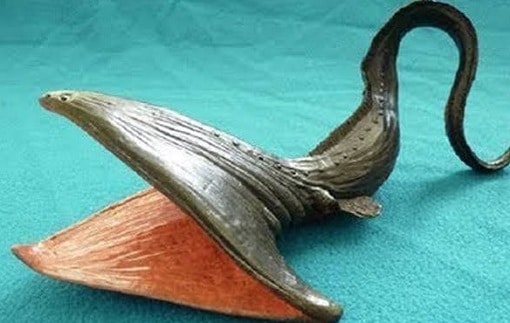
Family: Eurypharyngidae
Habitat: Temperate and tropical areas of all oceans
The only known member of the genus Eurypharynx, the pelican eel is very different in appearance from typical eels. It lacks pelvic fins, swim bladders, and scales.
Brazilian treehopper
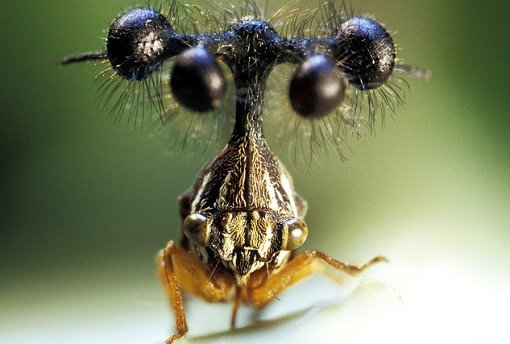
Family: Membracidae
Habitat: Forests in northern half of South America
The globes on this scary creature aren't eyes, but "pronotum" -- an insect body segment just behind the head. Scientists aren't entirely sure what purpose the thing serves, but some speculate that it may be mimicking the parasitic fungus that invades insects, mind controls them, and then bursts Alien-style out of them. The theory goes that predators will leave prey infected by the nasty parasite alone.
Tree kangaroo
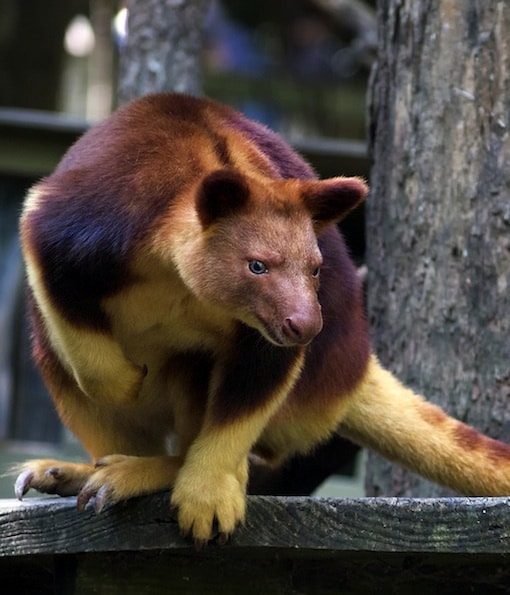
Family: Macropodidae
Habitat: Indonesia, Papua New Guinea, Australia
The tree kangaroo can leap 60 feet from trees to the ground without getting hurt.
Snub-nosed sneezing monkey

Family: Cercopithecidae (Old World Monkeys)
Habitat: Burmese forests
When it rains, the water falling into their noses causes them to sneeze.
Dugong
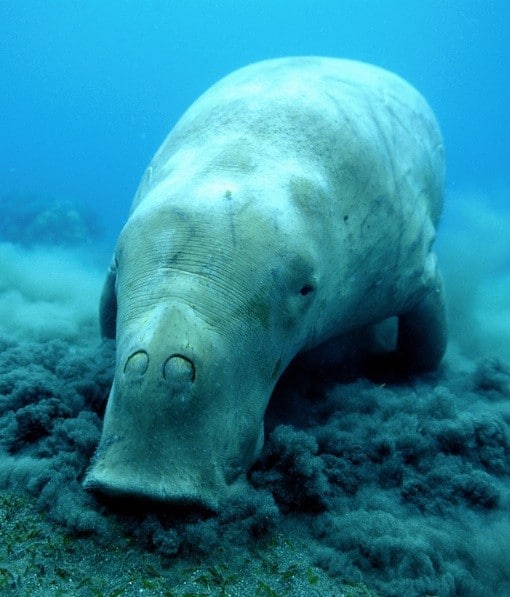
Family: Dugongidae
Habitat: Warm coastal waters from the western Pacific Ocean to the eastern coast of Africa
The Dugong is the only living herbivorous mammal that is strictly marine.
Sea cucumber
Family: Echinoderms
Habitat: Ocean
The sea cucumber breathes through its anus.
Basking shark
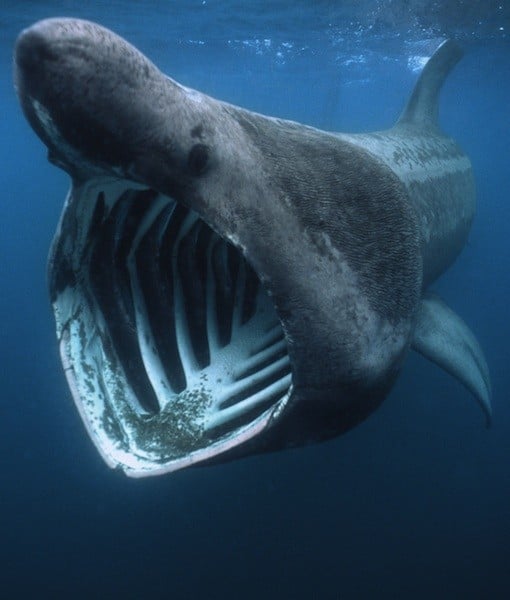
Family: Cetorhinidae
Habitat: Warm, temperate ocean waters
After the whale shark, the basking shark is the second largest living fish, and can grow up to 32 feet long. These sharks are often mistaken for plesiosaurs, a group of long-necked, predatory marine reptiles that lived at the time of the dinosaurs.
Elephant shrew
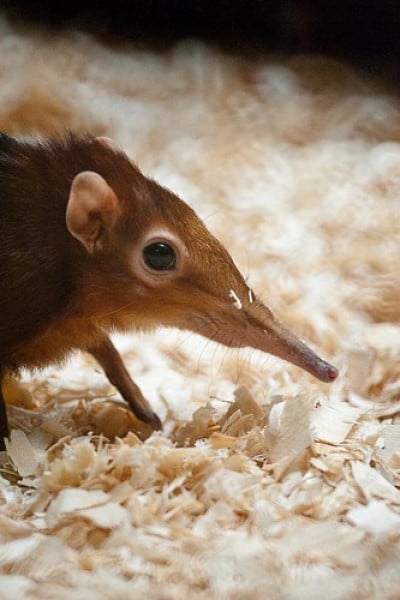
Family: Macroscelididae
Habitat: Dense forest and open plains
Elephant shrews are not really shrews at all. They are more closely related to elephants, aardvarks and golden moles.
Angora rabbit

Family: Leporidae
Origin: Turkey
Clothing and yarn made out of this fluffy animal's fur is very common. But fear not; the shearing process isn't harmful to the rabbits. They are bred for their long, soft coats.
Pancake batfish
Family: Ogcocephalidae
Habitat: Western Atlantic, North Carolina, northern Gulf of Mexico, northern South America
They live on the bottom of the ocean covered in sand.
Malaysian tapir

Family: Tapiridae (Tapirs)
Habitat: Tropical Rain Forests
Although Malaysian tapirs look like pigs, they are most closely related to horses and rhinos.
Axolotl
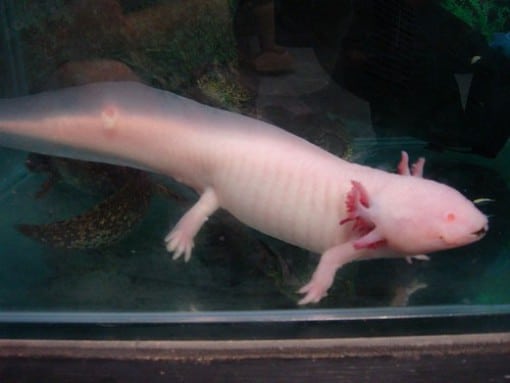
Species: Salamander
Habitat: Lake Xochimilco and Lake Chalco in Mexico
The axolotl remains in its larval state throughout its entire life. This adaptation, known as neoteny or "backwards evolution," means it doesn't develop the same adult features of the salamander and prevents it from living on land.
Fangtooth
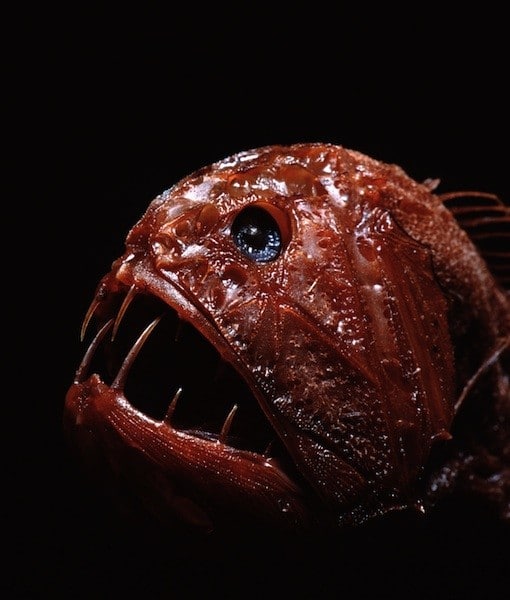
Family: Anoplogasteridae
Habitat: Deep sea
The fangtooth, aka ogrefish, has the largest teeth of any fish proportionate to its body size. The Fangtooth is among the deepest-living fish in the sea, dwelling as far as three miles deep in the ocean.
Deep-sea hatchetfish
Family: Sternoptychidae
Habitat: Deep ocean
These angry-looking fish are carnivorous and feed on plankton and crustaceans.
Naked mole rat
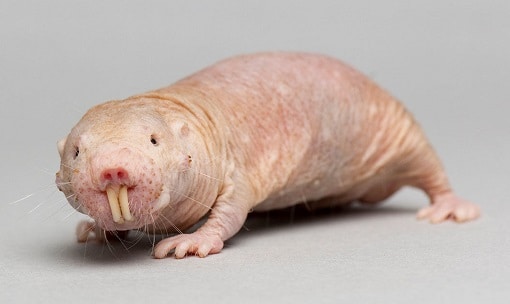
Family: Bathyergidae
Habitat: Tropical grasslands of East Africa, southern Ethiopia, Kenya, and Somalia.
A colony of naked mole rats can consist of 20 to 300 individuals. Their underground territory can be as large as six football fields.
Leafy seadragon
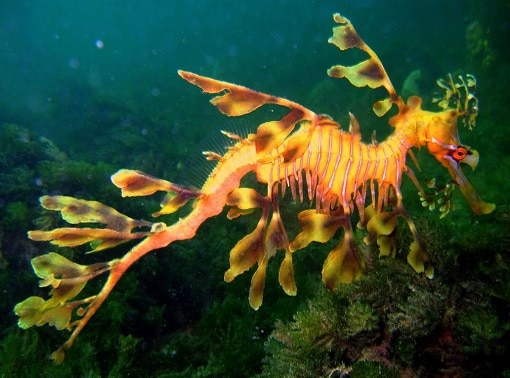
Family: Syngnathiformes
Habitat: South Australian waters.
The tail of a male leafy seadragon will turn bright yellow when he is ready to mate.
Elephant seal
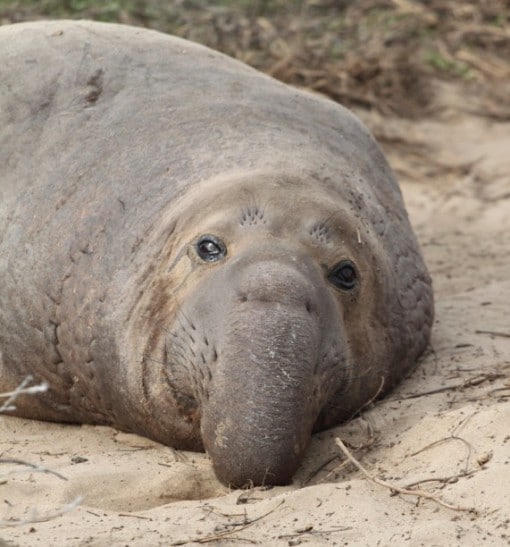
Family: Phocidae (Earless Seals)
Habitat: Northern elephant seals are from Mexico and Southern California. Southern elephants are found in sub-Antarctic waters.
Elephant seals can dive almost 5,000 feet deep into the water and stay there for up to two hours.
Matamata turtle
Family: Chelidae
Habitat: Stagnant pools in Brazil and the Amazon River
Matamata turtles are lazy creatures. They live in the water and hardly ever leave it. Since they're not very good swimmers, they usually just walk where they want to go.
Giant isopod
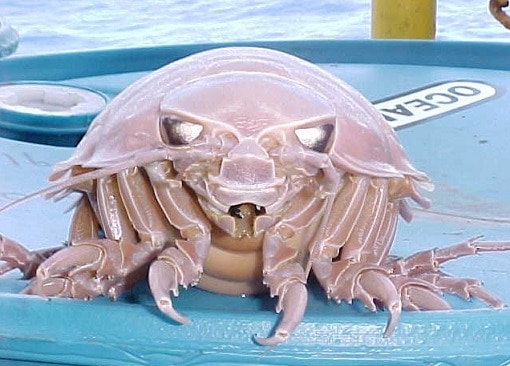
Family: Cirolanidae
Habitat: The cold depths of the Atlantic, Pacific and Indian Oceans
And lastly, another horror from the deep: an unspeakably large louse. Were you pretty creeped out by that wienerroach you spotted skittering across the kitchen floor that time? Imagine coming face-to-face with one of these creepy sea beasties and then decide how frightening a roach really is. Giant isopods are a good example of deep-sea gigantism.



Yes, it's dead. They will sell the meat in a market.
Is that monkey dead? If not why are they holding up the shoulders and head?
Aliens do exist!!